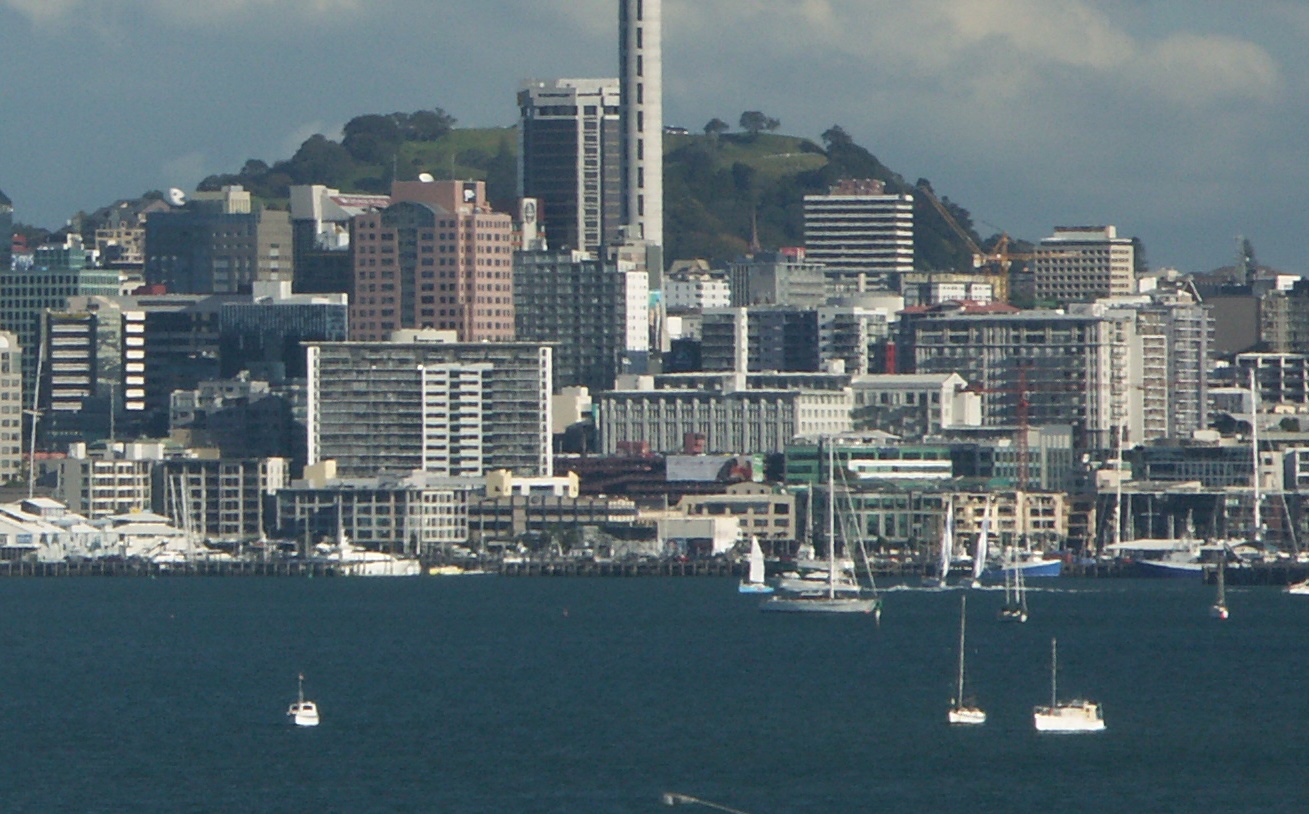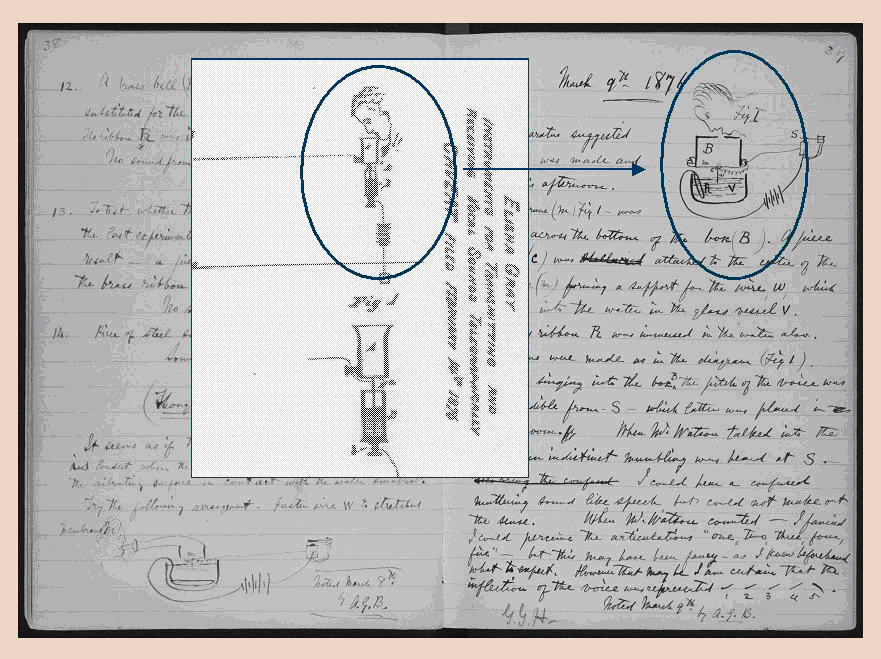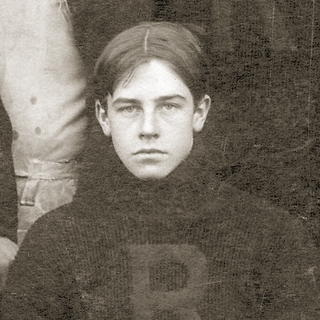|
Keith Murray (ceramic Artist)
Keith Day Pearce Murray (5 July 1892 – 16 May 1981) was a New-Zealand-born British architect and industrial designer, known for ceramic, silver and glass designs for Wedgwood, Mappin & Webb and Stevens & Williams in the 1930s and 1940s. He is considered to be one of the most influential designers of the Art Deco / Modern age. Early life and education Murray was born in the Auckland suburb of Mount Eden on 5 July 1892. His father, Charles Henry Murray, from Peterhead, Scotland, and his mother, Lilian Day George, from New Plymouth, New Zealand, had married in New Plymouth in March 1889. Charles, a printer and commercial stationer in Auckland for fifteen years, passed away after a long illness, aged 43, at home in Cheltenham Road, Devonport, on 2 February 1898. In January 1900, his mother, Lilian, married Dr William Chisholm Wilson McDowell at St Mary's Church, New Plymouth. Younger sister Evelyn was a bridesmaid to their mother. Murray was educated at Prince Albert Colleg ... [...More Info...] [...Related Items...] OR: [Wikipedia] [Google] [Baidu] |
Mount Eden
Mount Eden is a suburb in Auckland, New Zealand whose name honours George Eden, 1st Earl of Auckland. It is south of the Central Business District (CBD). Mt Eden Road winds its way around the side of Mount Eden Domain and continues to weave back and forth as it descends into the valley; it runs south from Eden Terrace to Three Kings. Mt Eden village centre is located roughly between Valley Road and Grange Road. The domain is accessible on foot from many of the surrounding streets, and by vehicle from Mt Eden Road. The central focus of the suburb is Maungawhau / Mount Eden, a dormant volcano whose summit is the highest natural point on the Auckland isthmus. History Pre-European In pre-European times Mount Eden was utilised as a fortified hill pa by various Māori tribes. The pa is thought to have been abandoned around 1700 AD after conflict between the resident Waiohua people and the Hauraki tribes The earth ramparts and terraces from this period contribute to the distinctiv ... [...More Info...] [...Related Items...] OR: [Wikipedia] [Google] [Baidu] |
Prince Albert College
Wesley College is a secondary school in Paerata, at the northern edge of Pukekohe, Auckland Region, New Zealand. The school provides education from year 9 to 13. The school was founded by members of the Methodist Church in 1844, making it one of the country's oldest schools. Initially located in Grafton and then the Three Kings area of Auckland, it closed in 1868 before reopening in 1876 in Three Kings again. From the beginning there was an emphasis on educating Maori boys, and also played a prominent role in educating students from countries of the South Pacific. In 1924 the school was moved to its current location of Paerata, near Pukekohe. In 1985 it was one of the first boys schools in New Zealand to admit girls at the senior level. Prince Albert College Wesley College was located in Upper Queen Street when it closed in 1868; the building and land was donated to the Methodist Church for education purposes. In 1895, a new school with Methodist links started in that build ... [...More Info...] [...Related Items...] OR: [Wikipedia] [Google] [Baidu] |
World War I
World War I (28 July 1914 11 November 1918), often abbreviated as WWI, was one of the deadliest global conflicts in history. Belligerents included much of Europe, the Russian Empire, the United States, and the Ottoman Empire, with fighting occurring throughout Europe, the Middle East, Africa, the Pacific, and parts of Asia. An estimated 9 million soldiers were killed in combat, plus another 23 million wounded, while 5 million civilians died as a result of military action, hunger, and disease. Millions more died in genocides within the Ottoman Empire and in the 1918 influenza pandemic, which was exacerbated by the movement of combatants during the war. Prior to 1914, the European great powers were divided between the Triple Entente (comprising France, Russia, and Britain) and the Triple Alliance (containing Germany, Austria-Hungary, and Italy). Tensions in the Balkans came to a head on 28 June 1914, following the assassination of Archduke Franz Ferdin ... [...More Info...] [...Related Items...] OR: [Wikipedia] [Google] [Baidu] |
Royal Air Force
The Royal Air Force (RAF) is the United Kingdom's air and space force. It was formed towards the end of the First World War on 1 April 1918, becoming the first independent air force in the world, by regrouping the Royal Flying Corps (RFC) and the Royal Naval Air Service (RNAS). Following the Allied victory over the Central Powers in 1918, the RAF emerged as the largest air force in the world at the time. Since its formation, the RAF has taken a significant role in British military history. In particular, it played a large part in the Second World War where it fought its most famous campaign, the Battle of Britain. The RAF's mission is to support the objectives of the British Ministry of Defence (MOD), which are to "provide the capabilities needed to ensure the security and defence of the United Kingdom and overseas territories, including against terrorism; to support the Government's foreign policy objectives particularly in promoting international peace and security". The R ... [...More Info...] [...Related Items...] OR: [Wikipedia] [Google] [Baidu] |
Royal Flying Corps
"Through Adversity to the Stars" , colors = , colours_label = , march = , mascot = , anniversaries = , decorations = , battle_honours = , battles_label = Wars , battles = First World War , disbanded = merged with RNAS to become Royal Air Force (RAF), 1918 , current_commander = , current_commander_label = , ceremonial_chief = , ceremonial_chief_label = , colonel_of_the_regiment = , colonel_of_the_regiment_label = , notable_commanders = Sir David HendersonHugh Trenchard , identification_symbol = , identification_symbol_label = Roundel , identification_symbol_2 = , identification_symbol_2_label = Flag , aircraft_attack = , aircraft_bomber = , aircraft_el ... [...More Info...] [...Related Items...] OR: [Wikipedia] [Google] [Baidu] |
Howard Wright 1910 Biplane
The Howard Wright 1910 Biplane was an early British aircraft built by Howard T. Wright to a design by W.O. Manning. One was used by Thomas Sopwith for his early record-breaking flights. Another made the first powered flight in New Zealand. Design and development The Howard Wright 1910 airplane was of a configuration then referred to as the "Farman type": A two-bay pusher biplane with two pairs of booms in front of the wings bearing a single elevator, and four wire-braced wooden booms behind the wings carrying a single rudder half above and half below a fixed horizontal surface bearing a second elevator. The wings had a mahogany main spar braced with piano-wire and a series of short sheet-metal king posts. Removable extensions could be fitted to the upper wing, each of these being braced from by a pair of additional king posts. The undercarriage consisted of a pair of skids each bearing a pair of wheels attached by shock cords. Originally powered by a 50 hp Gnome air-c ... [...More Info...] [...Related Items...] OR: [Wikipedia] [Google] [Baidu] |
Alexander Graham Bell
Alexander Graham Bell (, born Alexander Bell; March 3, 1847 – August 2, 1922) was a Scottish-born inventor, scientist and engineer who is credited with patenting the first practical telephone. He also co-founded the American Telephone and Telegraph Company (AT&T) in 1885. Bell's father, grandfather, and brother had all been associated with work on elocution and speech, and both his mother and wife were deaf; profoundly influencing Bell's life's work. His research on hearing and speech further led him to experiment with hearing devices which eventually culminated in Bell being awarded the first U.S. patent for the telephone, on March 7, 1876. Bell considered his invention an intrusion on his real work as a scientist and refused to have a telephone in his study. Many other inventions marked Bell's later life, including groundbreaking work in optical telecommunications, hydrofoils, and aeronautics. Bell also had a strong influence on the National Geographic Society and its ... [...More Info...] [...Related Items...] OR: [Wikipedia] [Google] [Baidu] |
Frederick Walker Baldwin
Frederick Walker Baldwin (January 2, 1882 – August 7, 1948), also known as Casey Baldwin, paternal grandson of Canadian reform leader Robert Baldwin, was a hydrofoil and aviation pioneer and partner of the famous inventor Alexander Graham Bell. He was manager of Graham Bell Laboratories from 1909–32, and represented Victoria in the Nova Scotia Legislature from 1933–37, where he was instrumental in bringing about the creation of Cape Breton Highlands National Park. In 1908, he became the first Canadian and British subject to fly an airplane. Biography Born in Toronto, Ontario, Casey Baldwin was educated at Ridley College, where he held prominent student leadership roles, won the Blake Gold Medal, and was captain of the cricket team. In 1906, he graduated from the University of Toronto with a degree in electrical and mechanical engineering, and left for Baddeck, Nova Scotia, that summer to visit the home of his college friend Douglas McCurdy and the famous inventor Alexander G ... [...More Info...] [...Related Items...] OR: [Wikipedia] [Google] [Baidu] |
Vivian Walsh (aviator)
Vivian Claude Walsh (1888–1950) was a New Zealand engineer. Vivian and his English-born elder brother Austin Leonard (Leo) Walsh (1881–1951) were pioneers of New Zealand aviation. The Walsh brothers were sons of immigrants from Yorkshire to New Zealand. Vivian and Leo built a British Howard Wright biplane, which Vivian first flew on 5 February 1911. This was the first recognised powered flight made in New Zealand. They established the New Zealand Flying School in 1915 to train pilots for the Royal Flying Corps, building their own series of flying boat trainers. He made pioneering airmail, air passenger, and air survey flights, but was unable to make these commercially viable, and in 1924 he sold the New Zealand Flying School assets to the New Zealand Government, and gave up all involvement in aviation. Vivian died in 1950, and Leo in 1951. The Auckland Branch of the Royal Aeronautical Society, concerned to preserve the memory of the brothers' contribution, formed the Wa ... [...More Info...] [...Related Items...] OR: [Wikipedia] [Google] [Baidu] |
Queen Street, Auckland
Queen Street is the major commercial thoroughfare in the Auckland CBD, Auckland, New Zealand's main population centre. The northern end is at Queens Wharf on the Auckland waterfront, adjacent to the Britomart Transport Centre and the Downtown Ferry Terminal. The road is close to straight, the southern end being almost three kilometres away in a south-southwesterly direction on the Karangahape Road ridge, close to the residential suburbs in the interior of the Auckland isthmus. Geography Named after Queen Victoria, Queen Street was an early development of the new town of Auckland (founded in 1840), although initially the main street was intended to be Shortland Street, running parallel to the shore of Commercial Bay. The early route of Queen Street led up the middle of a gully following the bank of the Waihorotiu Stream (later bounded in as the ' Ligar Canal'). This canal was culverted beneath the street from the 1870s onward, allowing for further development of the street to be ... [...More Info...] [...Related Items...] OR: [Wikipedia] [Google] [Baidu] |
Howard Wright Biplane (1910)
Howard is an English-language given name originating from Old French Huard (or Houard) from a Germanic source similar to Old High German ''*Hugihard'' "heart-brave", or ''*Hoh-ward'', literally "high defender; chief guardian". It is also probably in some cases a confusion with the Old Norse cognate ''Haward'' (''Hávarðr''), which means "high guard" and as a surname also with the unrelated Hayward. In some rare cases it is from the Old English ''eowu hierde'' "ewe herd". In Anglo-Norman the French digram ''-ou-'' was often rendered as ''-ow-'' such as ''tour'' → ''tower'', ''flour'' (western variant form of ''fleur'') → ''flower'', etc. (with svarabakhti). A diminutive is "Howie" and its shortened form is "Ward" (most common in the 19th century). Between 1900 and 1960, Howard ranked in the U.S. Top 200; between 1960 and 1990, it ranked in the U.S. Top 400; between 1990 and 2004, it ranked in the U.S. Top 600. People with the given name Howard or its variants include: Given ... [...More Info...] [...Related Items...] OR: [Wikipedia] [Google] [Baidu] |
University Of New Zealand
The University of New Zealand was New Zealand's sole degree-granting university from 1874 to 1961. It was a collegiate university embracing several constituent institutions at various locations around New Zealand. After it was dissolved in 1961 New Zealand had four independent degree-granting universities and two associated agricultural colleges: the University of Otago (Dunedin), University of Canterbury (Christchurch), University of Auckland (Auckland), Victoria University of Wellington (Wellington), Canterbury Agricultural College (Lincoln) and Massey Agricultural College (Palmerston North). History The University of New Zealand Act set up the university in 1870. At that time, the system's headquarters was in Christchurch, Canterbury Province. The University of Otago negotiated to keep its title of "university" when it joined the University of New Zealand in 1874, but it agreed to award degrees of the University of New Zealand. The colleges in Christchurch, Auckland and ... [...More Info...] [...Related Items...] OR: [Wikipedia] [Google] [Baidu] |

.jpg)


.jpg)
